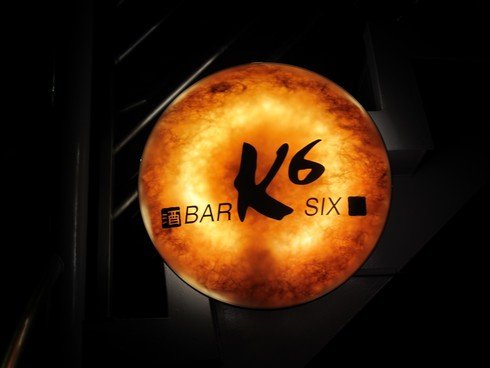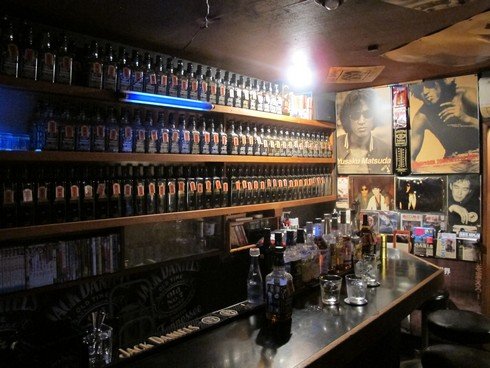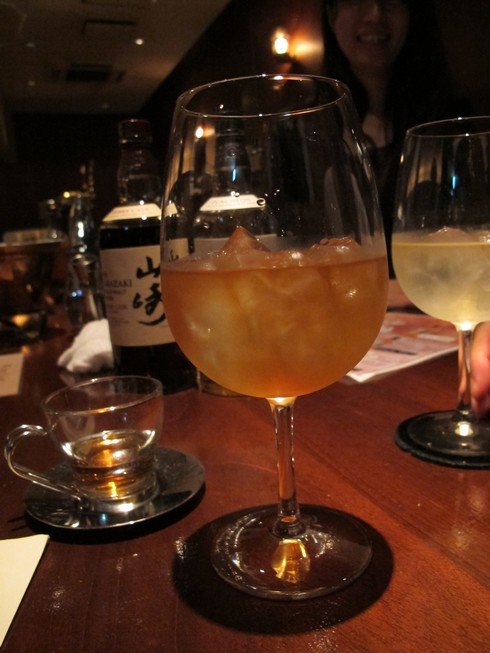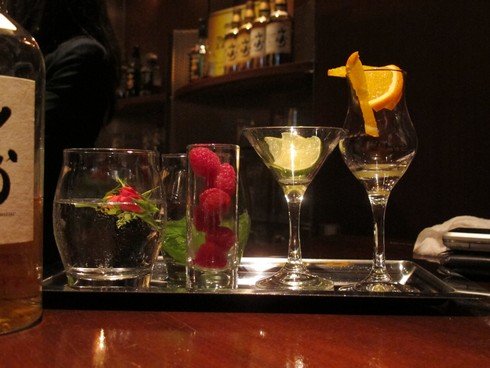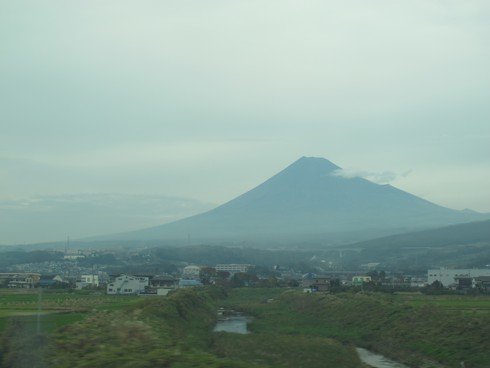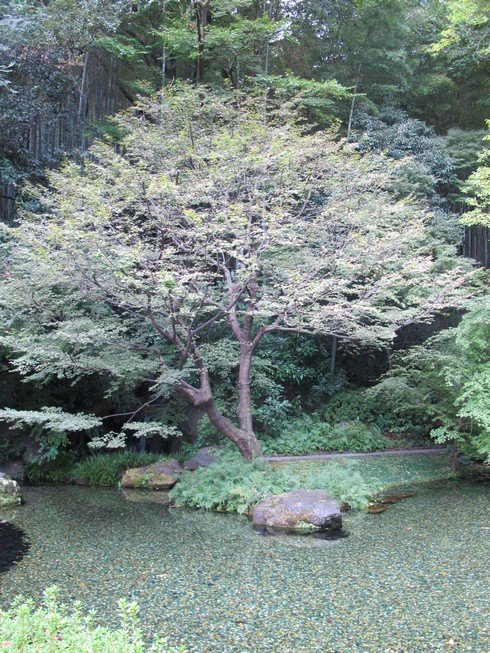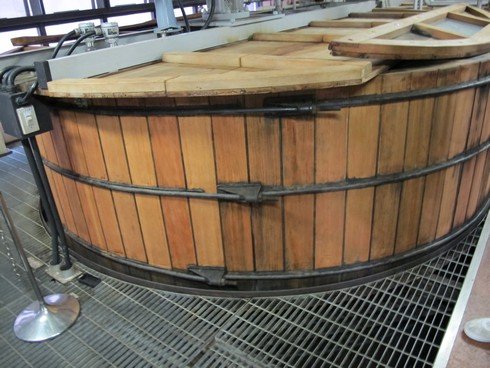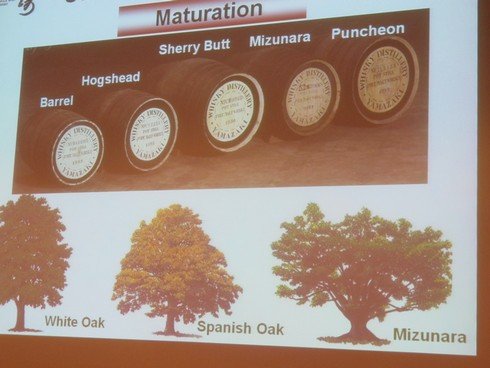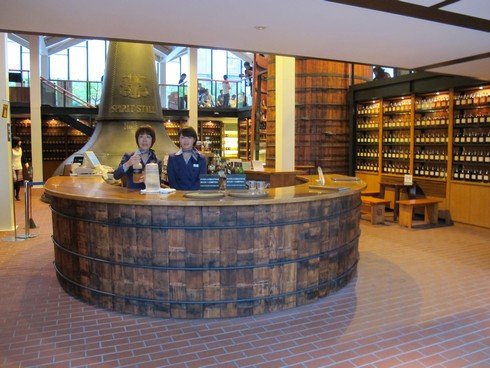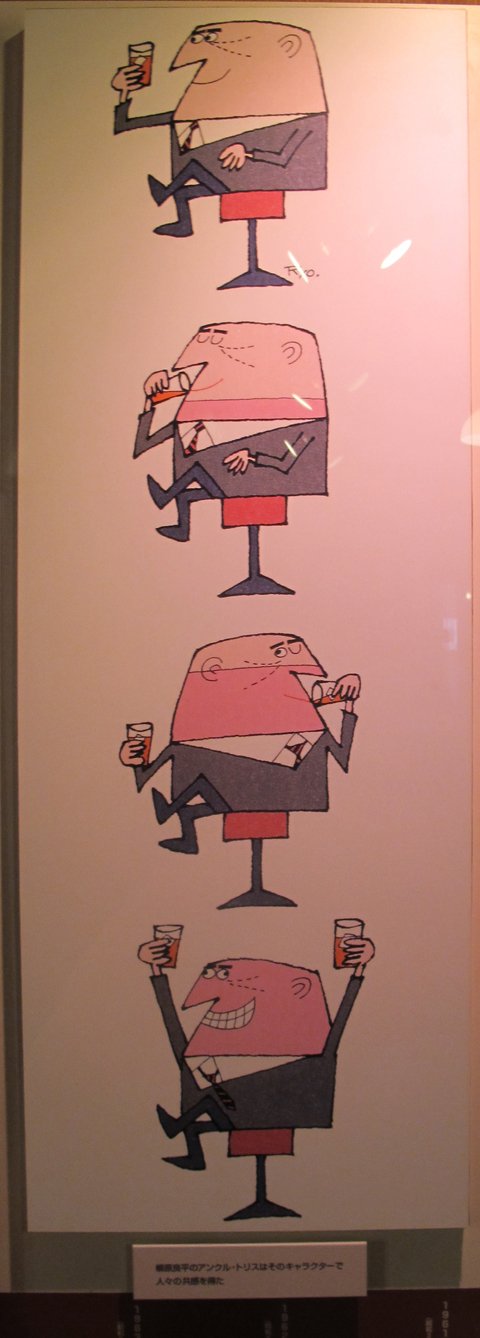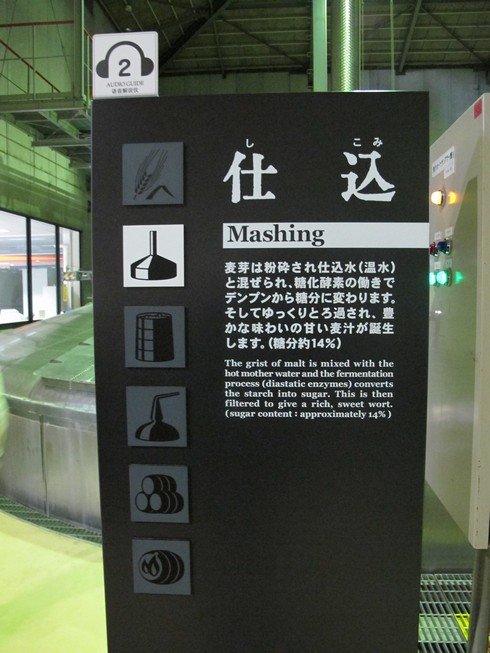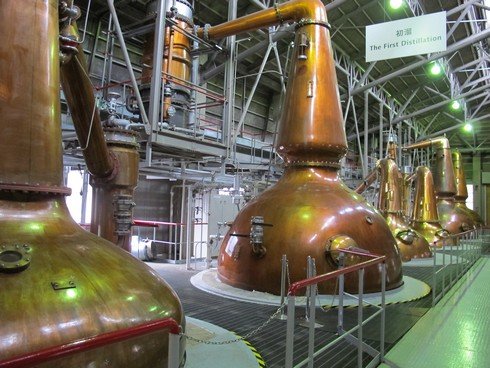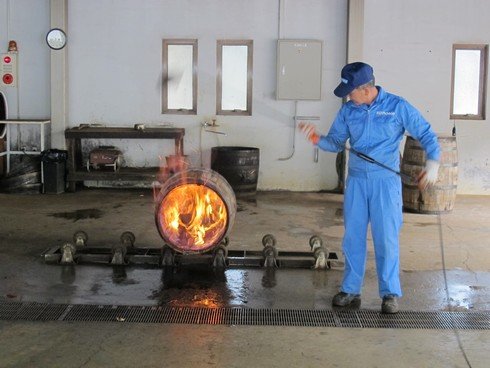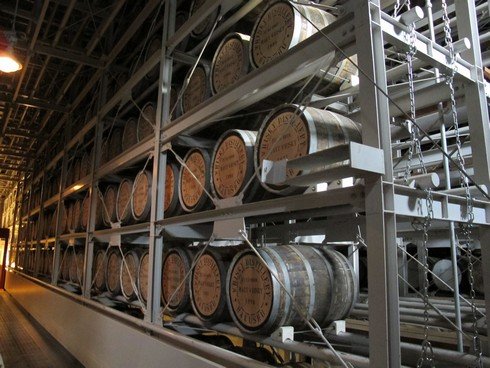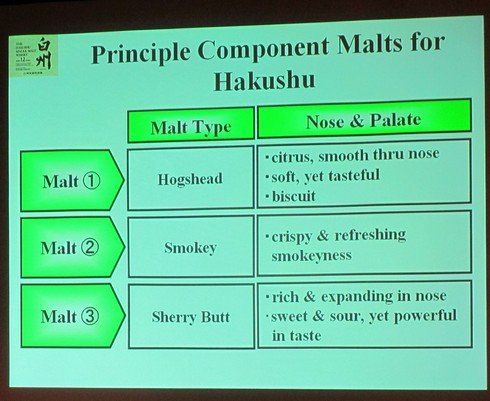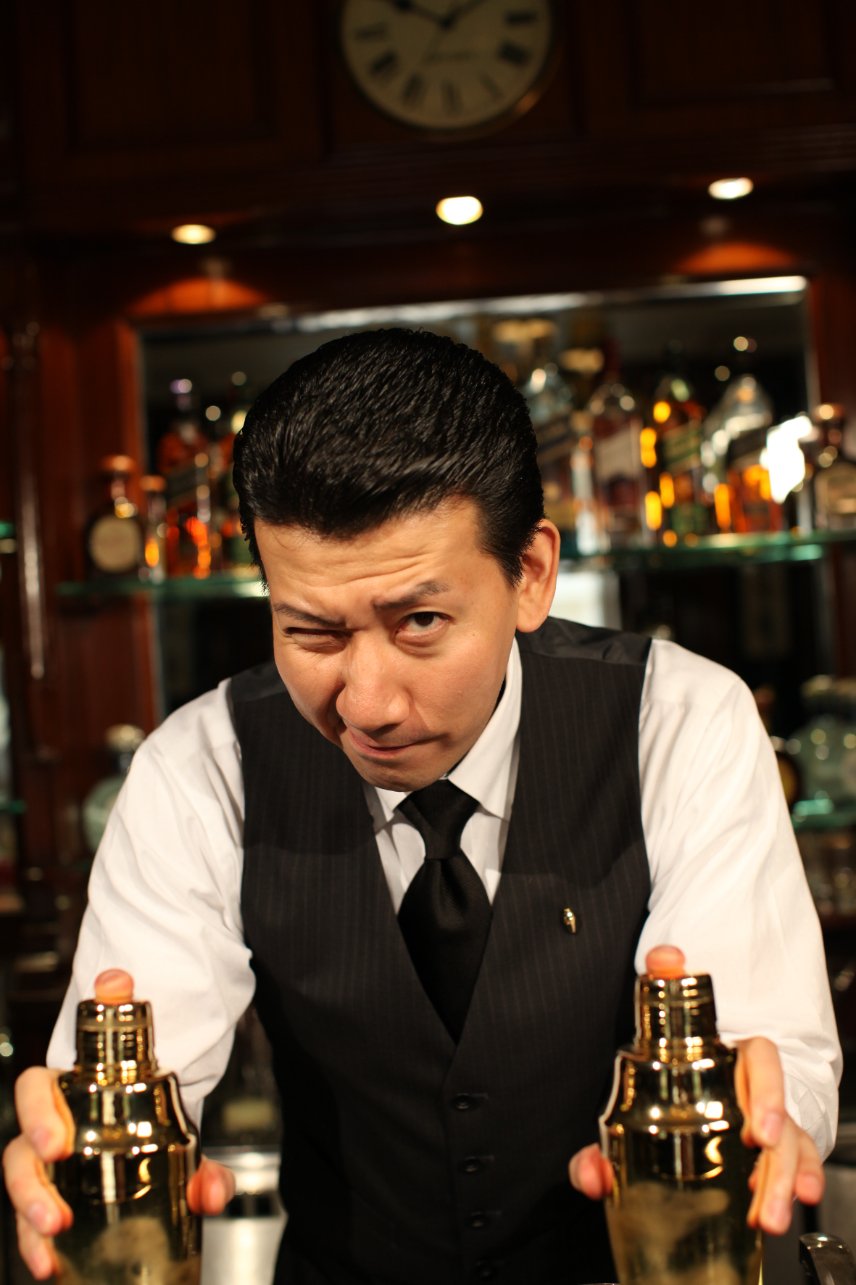On my five-day visit to Japan with Suntory whiskies I hit over 20 bars. I think the best way to talk about them will be in groups. First up: Whisky Bars.
The difference between the various styles of bars is subtle and I'm defining them as I see them. I'll be describing whisky bars, cocktail bars, highball and standing bars, and pubs/clubs/dives. I only hit one or two izakaya places.
Whisky bars specialize in whisky, of course. Most of them have a huge range of single-malt scotch whisky (100 different bottles is a start) and also serve whisky highballs. Many have a cocktail list too, but typically these list just a few classic drinks like Martinis, Manhattans, and Gimlets. The focus is on whisky rocks and whisky highballs.
Whisky bars I didn't visit include ones with names like Bar Argyll, Bar Caol Ila, Bar Main Malt, Cask, Kask, and Malt House Islay. Many are associated with either Yamazaki or Nikka whisky and will serve a better selection of those whiskies than of the other brand. It's sort of like how fast food restaurants usually serve either Coke or Pepsi but not both.
Highlander, one of the bars in the fabulous Hotel Okura Tokyo, has red plaid carpet and a clubby, old-world look. I tried a few interesting whiskies there, including the stunning Hibiki 21 year old blended Japanese whisky.

(Image from the hotel's website.)
K6, in Kyoto near the Yamazaki whisky, is an upstairs bar with shelves around three sides that stocks 600 single malts! We had a nice chat with the bartender and a few unusual drams. And then we ordered haggis pizza, because if offered Scottish food in Italian format in a bar in Japan you just say yes.
Oil is in a special place in Tokyo called Shinjuku Golden Gai. It is full of tiny bars stacked on top of each other, many the size of a bedroom. Some welcome regulars only; others are open to tourists. Some of them you're practically climbing a latter to get into.

(Bar directory of Golden Gai.)
I got a feeling my hosts were not all that interested in taking me there, but there I went. We went to two bars, Oil and Bigri Bar (that I'll talk about later).
Oil serves two things for the most part: Jack Daniels and Triangle Shochu. You can buy a bottle and have it there waiting for you on your next visit. The bartender, who appears to be the main owner as his picture is all over the place, is a heavily-tattooed, long haired rock and roll type. The rest of the decor is dedicated to actor Yusaku Matsuda, who was in the 1989 movie Black Rain.
When I ordered a whisky on the rocks expecting scorn and derision from too-cool-for-school guy, he took a large, perfectly clear piece of ice, put it into a tumbler glass, carefully stirred it with a barspoon a full minute or so to cool the glass, and poured the whisky. Nicely done.
There are several bars called Yamazaki Bar so I'm not sure how to identify this one by address, but it was staffed with all women bartenders wearing suits. So it's not really a "hostess bar" where you are paying for female company.
Anyway, they do a very nice presentation for whisky on the rocks. They call it "tornado" style when they serve it with a few big pieces of ice in an oversized Bordeaux wine glass. Then you can have it "pierced"- they bring out a box of garnishes and you can choose from them. They include simple miniature roses, raspberries, lime/orange slices, mint, and you can dip any of the above in a little caramel or honey.
It was a classy, easy, and affordable way to make a drink on the rocks a little more special.
Next post: Cocktail bars!
